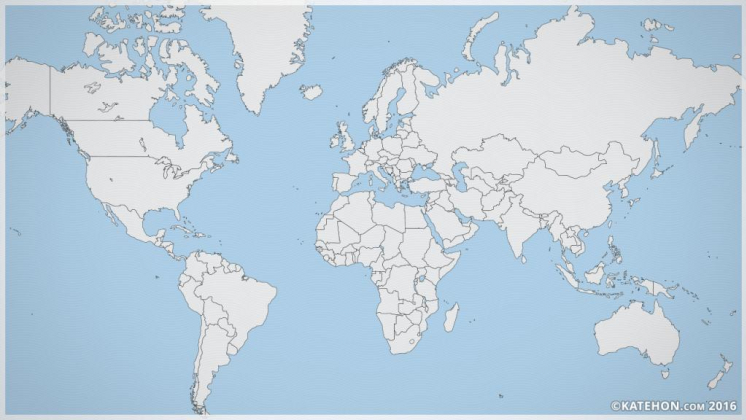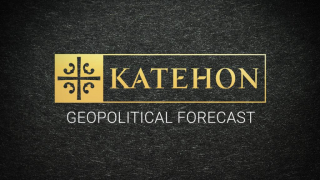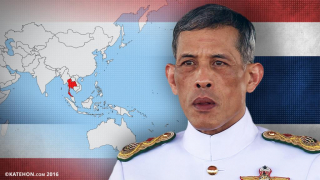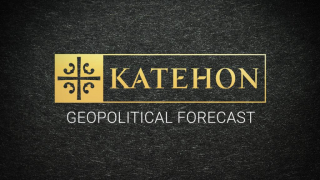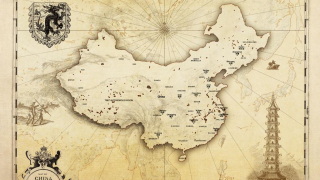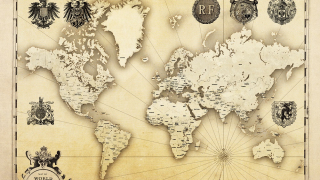2017 Forecast: Global Trends
Summary
As geostrategic paradigm shifts and non-traditional political rearrangements continue to unfold all throughout the world, the US will press forward with its campaign of waging Hybrid Wars on China’s One Belt One Road (New Silk Road) projects, while Trump’s Presidency is the ultimate unknown variable which could shape the international situation in completely unpredictable ways.
The Great Rearrangement
The New Cold War has set off a worldwide rearrangement of partnerships unseen in scope and scale any time before in history. To list off the most prominent which are concurrently occurring, these are:
* The closest-ever comprehensive partnership between Russia and China;
* The Tripartite between Russia, Iran, and Turkey;
* The US-Indian military-strategic partnership;
* Ukraine being forcibly ‘poached’ by the US from Russia (and starting the New Cold War);
* Russia’s rapprochement with Japan;
* Russia’s rapprochement with Pakistan;
* Egypt moving towards Russia and away from the US and Gulf Kingdoms;
* Mercosur coming under unipolar control while the Pacific Alliance becomes more multipolar;
* China having the potential to connect both South American trade blocs through TORR;
* China and Mexico making inroads in their bilateral relations to prepare for Trump;
* India turning against Nepal and pushing it towards China for the first time ever;
* The US’ Pivot to Asia falling flat due to Chinese gains in Thailand, the Philippines, and Malaysia;
* and Suu Kyi pragmatically turning towards China.
The geopolitical rearrangements listed above will continue into the next couple of years until the international situation relatively stabilizes. What’s happening right now is that the whole world is in a state of flux because of the global instability that the US unleashed in delaying the inevitable progression from a unipolar to a multipolar order. It’s possible for some of these abovementioned partnerships to change during these turbulent times, but for the most part, many of them will probably remain along their new trajectories and not be redirected by the US’ intrigues, though that definitely won’t be for a lack of Washington trying.
The Hybrid War On OBOR
In connection with the above trend, it can be expected that the US will not slow down in waging its variety of Hybrid Wars against China’s One Belt One Road (New Silk Road) projects all across the world. The author has been in the process of releasing weekly installments about this for Oriental Review over the past year, but it all essentially boils down to the “Law Of Hybrid Warfare”, the amended and expanded version of which states that:
The grand objective behind every Hybrid War is to disrupt, control, or influence multipolar transnational connective projects through externally provoked identity conflicts (ethnic, religious, regional, political, etc.) within a targeted transit state for the purpose of regime tweaking, regime change, and/or regime rebooting.
Extrapolating from this guideline, it’s possible to forecast several Hybrid War battlegrounds that will remain in the forefront across the coming years. In any given order, these are:
* CPEC between China and Pakistan;
* TORR between Brazil, Bolivia, and Peru;
* China’s Trans-African rail projects (explored at length in the author’s Oriental Review Africa analyses);
* the Balkan Silk Road high-speed rail route between Budapest and Piraeus;
* the ASEAN Silk Road high-speed rail route between China, Laos, Thailand, Malaysia, and Singapore;
* the prospective trans-Central Asian high-speed rail route between China and Iran;
* and the Nicaraguan Canal.
Therefore, while the specific method of Hybrid War might not yet have been revealed, there are firm strategic grounds to believe that the US will eventually unleash its asymmetrical destabilizations against each of the involved countries, meaning that all forward-focused analysts should keep a watchful eye on these regional spaces.
The Trump Enigma
Finally, the last main trend that can be expected to define 2017 is the Trump enigma, as nobody in the world truly knows how the President-elect will behave in office except for the man himself. He’s already been very outspoken about advancing a few key tenets of his foreign policy platform, namely hinting at his desire for a New Détente with Russia in the New Cold War, his intention to renegotiate or scrap the Iranian nuclear agreement and the Cuban rapprochement, his tough-talking stance towards China’s trade and monetary policies, and his opposition to NAFTA and the millions of illegal immigrants which have invaded the US from Latin America (especially those who have committed violence while in the country). Coupled with Trump’s more businessman-like approach towards NATO and the US’ traditional military partnerships, as well as his ideological disagreements with the EU’s hyper-liberalism, one can already expect that Trump’s Presidency will be defined by many exciting and unprecedented twists and turns as the US painfully but belatedly adapts to the inevitable multipolar world order.
Source: Katehon.com

